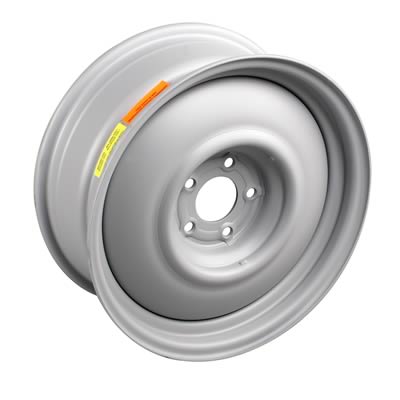Were 14 innch pt crusier wheels
20 Inch Smoothie Wheels - One of the wheels may be a circular component that is supposed to rotate while on an axle bearing. The wheel is several pieces of the wheel and axle which is probably the six simple machines. Wheels, together with axles, allow heavy objects being moved easily facilitating movement or transportation while supporting a load, or performing labor in machines. Wheels are likewise raised for other purposes, possibly ship's wheel, wheel, potter's wheel and flywheel.Common examples are normally found in transport applications. A wheel greatly reduces friction by facilitating motion by rolling together through axles. To enable wheels to rotate, a second has got to apply to the wheel about its axis, either by means of gravity or by the employment of another external force or torque.The English word wheel is from the Old English word hweol, hweogol, from Proto-Germanic *hwehwlan, *hwegwlan, from Proto-Indo-European *kwekwlo-, extended mode of the fundamental *kwel- "to revolve, navigate ".Cognates within Indo-European include Icelandic hjól "wheel, tyre", Greek κύκλος kúklos, and Sanskrit chakra, the latter both meaning "circle" or "wheel ".Precursors of wheels, named "tournettes" or "slow wheels", were known within the Middle East through the 5th millennium BCE (one of the first examples was discovered at Tepe Pardis, Iran, and dated to 5200–4700 BCE). These were produced from stone or clay and secured down accompanied by a peg from the center, but required effort to turn. True (freely-spinning) potter's wheels were apparently used in Mesopotamia by 3500 BCE and perhaps since 4000 BCE, and therefore the oldest surviving example, this was located in Ur (modern day Iraq), dates to approximately 3100 BCE.The 1st proof of wheeled vehicles appears inside the second half of this 4th millennium BCE, near-simultaneously in Mesopotamia (Sumerian civilization), the Northern Caucasus (Maykop culture) and Central Europe (Cucuteni-Trypillian culture), in order that the question that culture originally invented the wheeled vehicle holds unsolved.The initial well-dated depiction of the wheeled vehicle (here a wagon — four wheels, two axles) is in the Bronocice pot, a c. 3500 – 3350 BCE clay pot excavated during a Funnelbeaker culture settlement in southern Poland.The oldest securely dated real wheel-axle combination, that from Stare Gmajne near Ljubljana in Slovenia (Ljubljana Marshes Wooden Wheel) is already dated in 2σ-limits to 3340–3030 BCE, the axle to 3360–3045 BCE.Two types of early Neolithic European wheel and axle are known; a circumalpine particular wagon construction (the wheel and axle rotate together, for example Ljubljana Marshes Wheel), understanding that belonging to the Baden culture in Hungary (axle won't rotate). They both are dated to c. 3200–3000 BCE.In China, the wheel was certainly present when using the adoption of the chariot in c. 1200 BCE,although Barbieri-Low[9] argues for earlier Chinese wheeled vehicles, c. 2000 BC.
Related Images with Were 14 innch pt crusier wheels
Wheel Vintiques 07 HHR Series Smoothie Wheels 076621105 Free

MiniTruckin MiniTruckin.co.nz • View topic Another C10
20 inch smoothie wheels Quotes
Double click on above image to view full picture
| TITLE: | Were 14 innch pt crusier wheels |
| IMAGE URL: | http://onlyoldiesgarage.com/xcart/images/P/06---FWD-Smoothie-Chrome.jpg |
| THUMBNAIL: | https://tse2.mm.bing.net/th?id=OIP.AeV4RAhOnhE5K8hstHID7wEsEs&pid=Api&w=180&h=181 |
| IMAGE SIZE: | 22026 B Bs |
| IMAGE WIDTH: | 300 |
| IMAGE HEIGHT: | 300 |
| DOCUMENT ID: | OIP.AeV4RAhOnhE5K8hstHID7wEsEs |
| MEDIA ID: | ABB93E103468D5CE3880372AFD663D7FA9223F7D |
| SOURCE DOMAIN: | rucobit.0ad.info |
| SOURCE URL: | http://rucobit.0ad.info/2015-5-16/14-innc-pt-crusier-eels/ |
| THUMBNAIL WIDTH: | 180 |
| THUMBNAIL HEIGHT: | 181 |
Related Images with Were 14 innch pt crusier wheels
Wheel Vintiques 07 HHR Series Smoothie Wheels 076621105 Free

Tidak ada komentar:
Posting Komentar